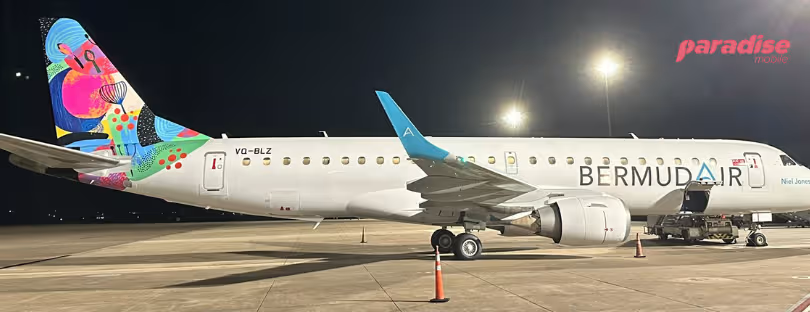
Roaming Steering: How Operators Decide Which Network You Land On
If you’ve ever landed in another country, switched off airplane mode, and watched your phone connect to a network you’ve never heard of, you’ve experienced roaming steering. It might feel like magic — your phone just “knows” where to connect. But here’s the thing: it’s not magic, and it’s not always about finding you the best network.
Behind that quick connection is a set of invisible rules created by your home operator. And those rules? They often have more to do with business deals than with your call quality.
Let’s unpack what’s really happening when you roam — and how you can take back some control.
What is roaming steering, really?
Roaming steering is the process your mobile operator uses to guide your phone toward a specific network when you’re abroad.
Think of it as your operator playing “traffic controller” for your SIM or eSIM. They decide which local network you’ll connect to first, and they do this using something called a preferred network list (PNL) — essentially a ranking of foreign networks.
Your phone will usually try the first option on that list, and if it can connect, you’re set. If not, it’ll try the next one, and so on.
On the surface, it sounds like a customer-friendly thing. “Of course my operator wants me on the best network,” you might think. But here’s the twist…
The hidden driver: wholesale agreements
Operators don’t just pick networks randomly. They have roaming agreements with foreign carriers — basically, business contracts that set the price they pay for your usage abroad.
If Operator A in your home country gets a sweet wholesale deal with Network X abroad, they’ll put Network X at the top of your PNL. That way, every time you land, your phone tries to connect to the cheapest option for them.
The problem? The cheapest option for them isn’t always the best option for you.
When business beats quality
Here’s where it gets frustrating. Let’s say your operator’s top choice network has limited 4G coverage in the city you’re visiting, or its speeds drop during peak hours. You’ll still be steered there because it’s the network your operator has the best deal with.
It can affect more than just data speed. Poor call quality, high latency (that annoying delay on calls or video calls), and even higher battery drain can all happen if you’re stuck on a sub-par network.
How latency changes your travel experience
Latency — the time it takes for data to make a round trip from your phone to the network — can be a killer for real-time communication.
On a good local network, latency might be low enough that your WhatsApp calls feel smooth and instant. On a steered network that’s overloaded or poorly connected to the internet backbone, you might hear a half-second delay in conversations. That doesn’t sound like much, but it can make talking over video or gaming online really awkward.
The battery drain side effect
Here’s something most people don’t realize: your phone burns more battery when it struggles to stay connected.
If your operator steers you onto a weaker network, your phone has to “work harder” — boosting signal power, searching for stronger towers, and sometimes even switching between 3G, 4G, and 5G. All of that costs battery life, which is the last thing you need when you’re exploring a city all day.
Can you override roaming steering? Yes.
The good news is, you’re not completely at the mercy of your operator’s steering rules.
You can override it by manually selecting a network. On most phones, you can go into Settings → Mobile Network → Network Selection and switch from “Automatic” to “Manual.” Then you’ll see a list of all available networks in the area, and you can choose the one you want.
The pros and cons of manual network selection
Manually picking a network can give you better speeds, coverage, or call quality—but it does come with trade-offs.
| Pros | Cons |
|---|---|
| You can avoid poor-quality networks. | If you move to another area, your chosen network might suddenly have bad coverage, and your phone won’t automatically switch to a better one. |
| You can choose a network with faster data or stronger 5G coverage. | You’ll have to manually re-select if you cross borders or travel between regions. |
| You can reduce latency for smoother calls and streaming. |
For short city stays, manual selection can be worth it. For longer trips, you’ll need to remember to check your settings now and then.
eSIM makes it even easier to take control
If you’re using an eSIM, you might already have multiple profiles with their own preferred network lists.
Many travel eSIMs are designed to automatically pick the best partner network in each country — and some even let you see and set preferred networks in the app.
For example, if your eSIM provider partners with three local networks, you could set your profile to always try Network A first because you’ve found it’s faster in your area.
Tips for picking the best network when you roam
Here are a few easy tricks to make sure you’re not stuck on a bad connection abroad:
- Check local forums or travel groups – Sites like Reddit or TripAdvisor often have recent network reviews for specific cities.
- Test multiple networks – Spend a few minutes running speed tests on different networks to see which one’s best.
- Save the good ones – If you find a great network, note it down so you can reconnect to it if your phone switches.
- Use eSIM flexibility – If you have multiple profiles, compare their network performance before committing.
Why operators won’t tell you about steering rules
This is one of those “we’ll call it an industry secret” situations. Operators rarely admit that steering is mostly about cost savings. They’ll frame it as “partnerships” or “preferred coverage” — which is technically true, but it doesn’t tell you the whole story.
Even if they wanted to be transparent, steering details can be complex. Agreements change, networks get re-ranked, and your preferred network list might be different from someone else’s, depending on your plan or SIM type.
The bottom line
Roaming steering is one of those behind-the-scenes things that most travelers never think about — until it affects their experience.
The network your phone connects to abroad isn’t always the “best” one. Often, it’s simply the cheapest one for your operator. That can mean slower speeds, higher latency, and even faster battery drain.
By understanding how steering works and taking control when needed — through manual selection or smart eSIM management — you can get a better connection and make your travel days run a lot smoother.









